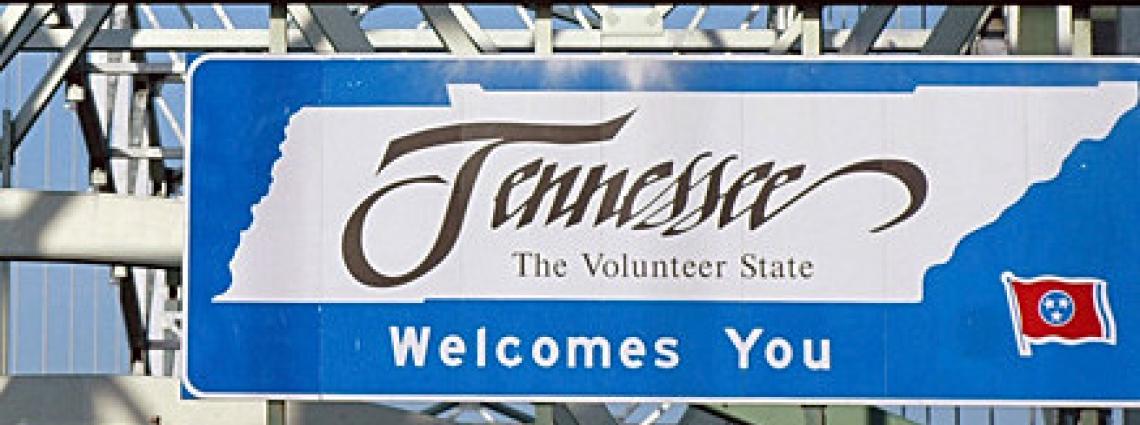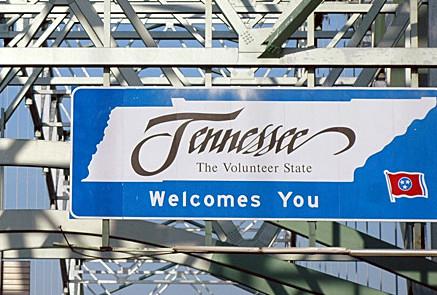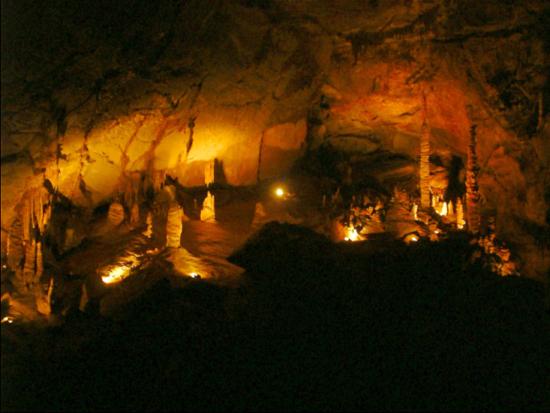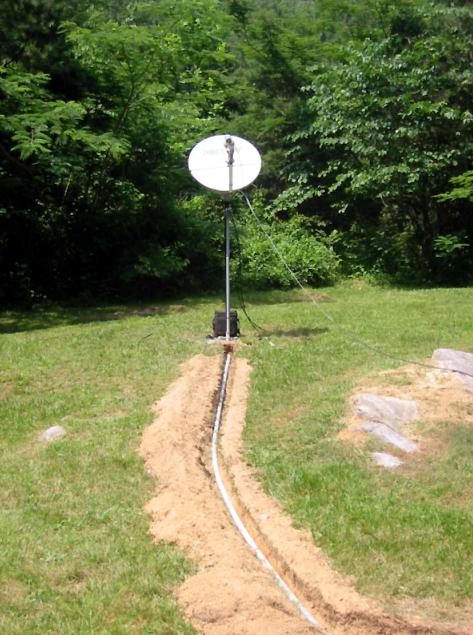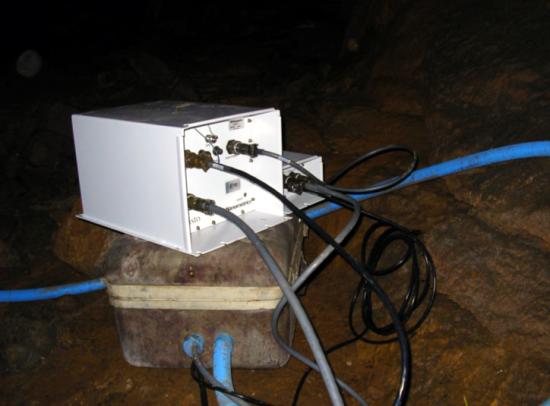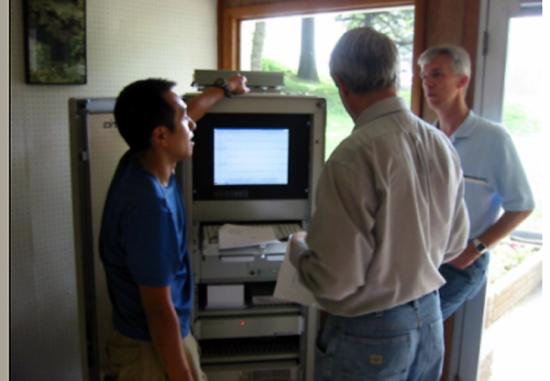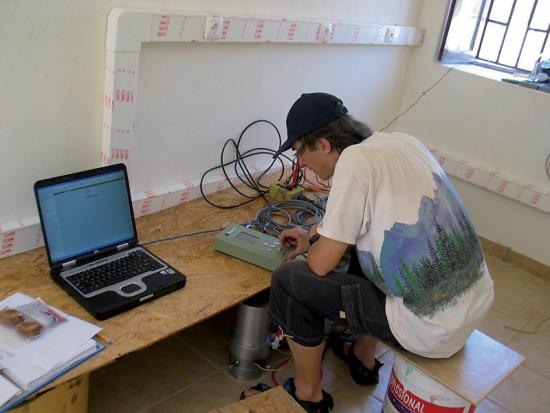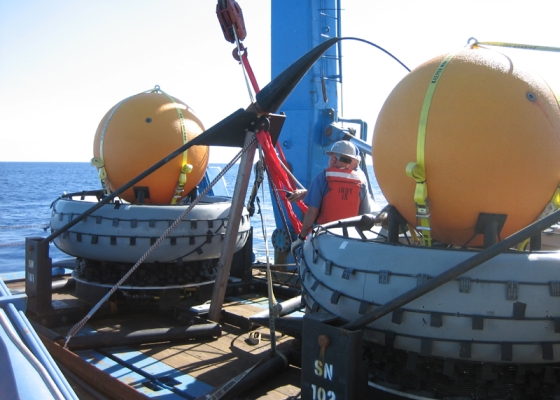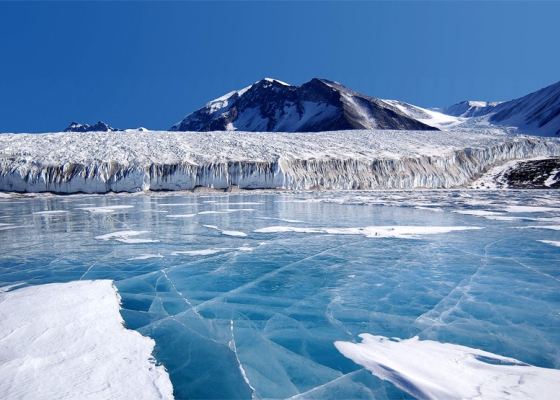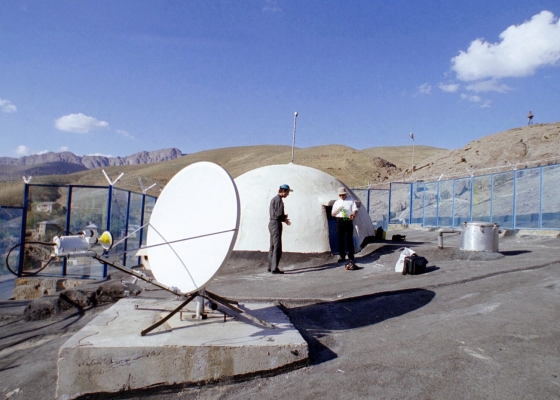AS107, Tuckaleechee Caverns,Tennessee, United States
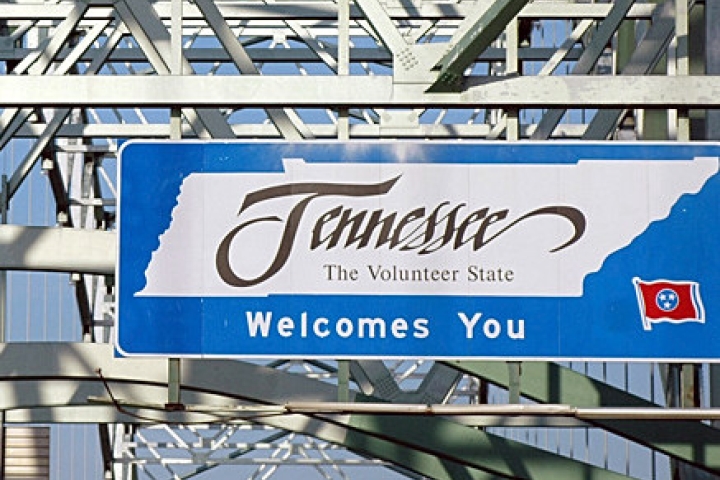
Cherokees lived in this part of the United States until the 1840s.
Tuckaleechee Caverns, Tennessee
Beneath the Smoky Mountains in Townsend, Tennessee, Tuckaleechee Caverns reveal a captivating underground world shaped by nature over 20 to 30 million years. Known as the "Greatest Site Under the Smokies," these caverns offer a breathtaking journey through vast chambers, ancient formations, and crystal-clear underground streams. The Cherokee people, native to the region, knew of the caverns long before they became a modern attraction, using them as shelter and a place of refuge. Today, more than a mile of passageways is open to the public, showcasing towering stalagmites, delicate stalactites, and breathtaking rock formations, all sculpted by nature over millions of years.
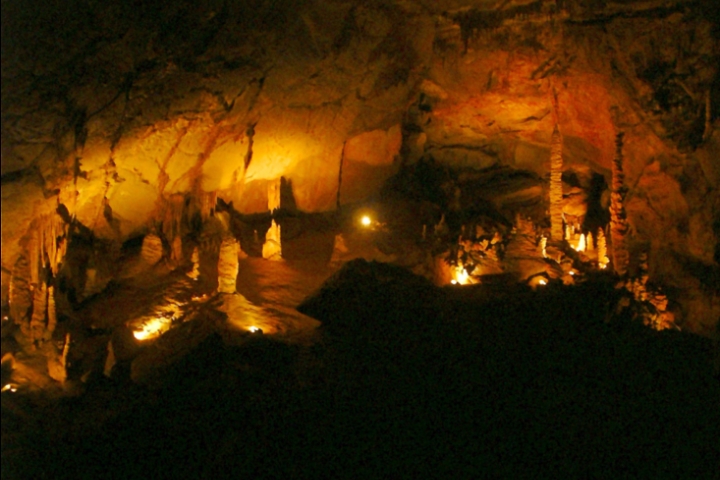
The Tuckaleechee Caverns are estimated to be between 20 and 30 million years old.
Geology and Environment
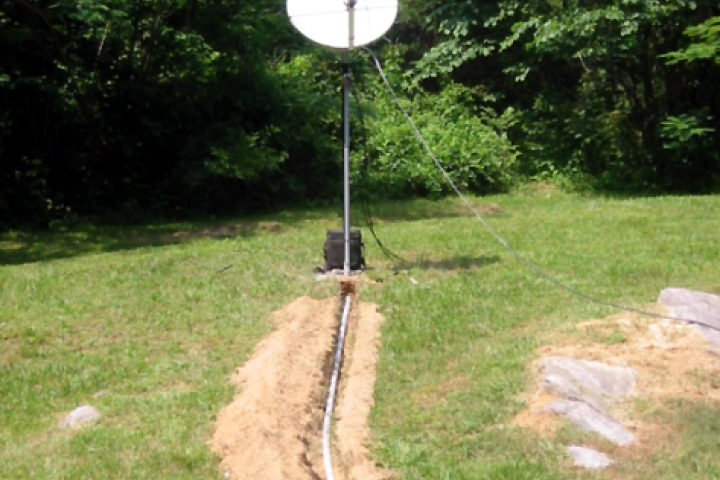
AS107 equipment in use.
Mandate of Auxiliary Seismic Stations
Auxiliary seismic stations are mandated to provide data to the International Data Centre (IDC) upon request only but then with immediate availability. The purpose of this additional data is to improve location accuracy of seismic events detected by the primary seismic network. It is also to characterize the seismic sources with greater precision in order to ascertain what kind of event has taken place; for example, an earthquake or an explosion.
IMS Station Location
AS 107 is the only IMS seismic station to cover the large eastern part of the United States. The station is privately owned but can be accessed any time of the year by prior arrangement with the owners. The cave is generally open daily to the public from mid-March to mid-November.
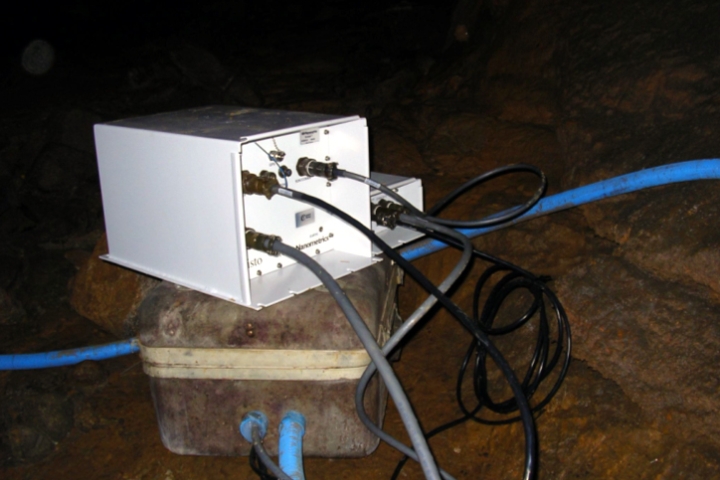
The original seismic station was established in 1978 by the Tennessee Earthquake Information Center (TEIC).
Station Profile
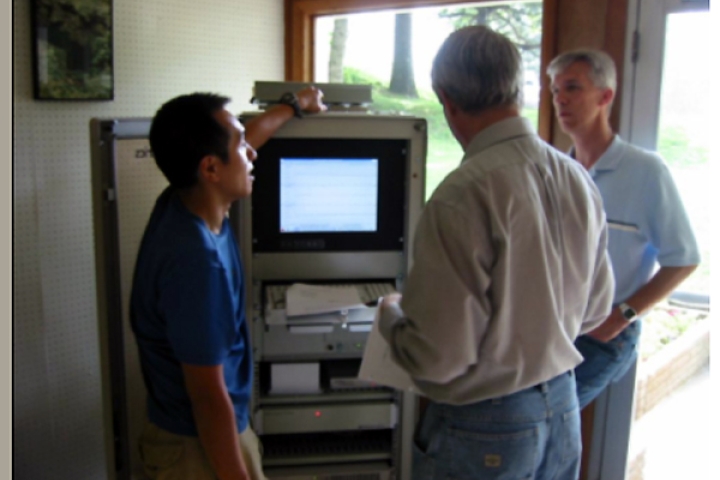
This station is, in principle, located at a very quiet site.
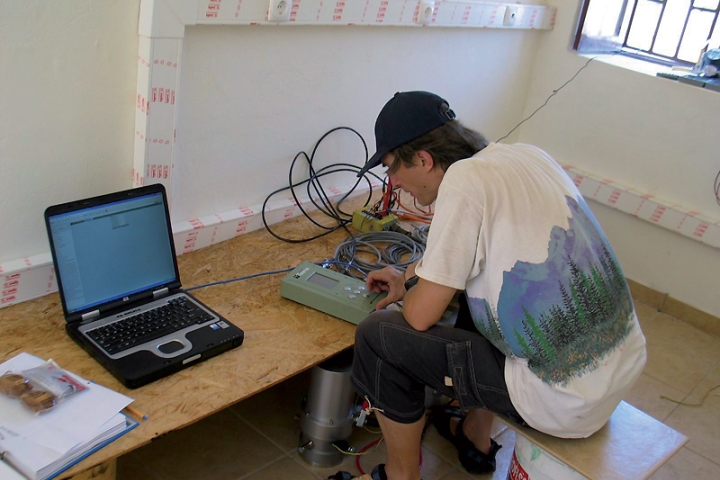
Officer performing certification measurements.
